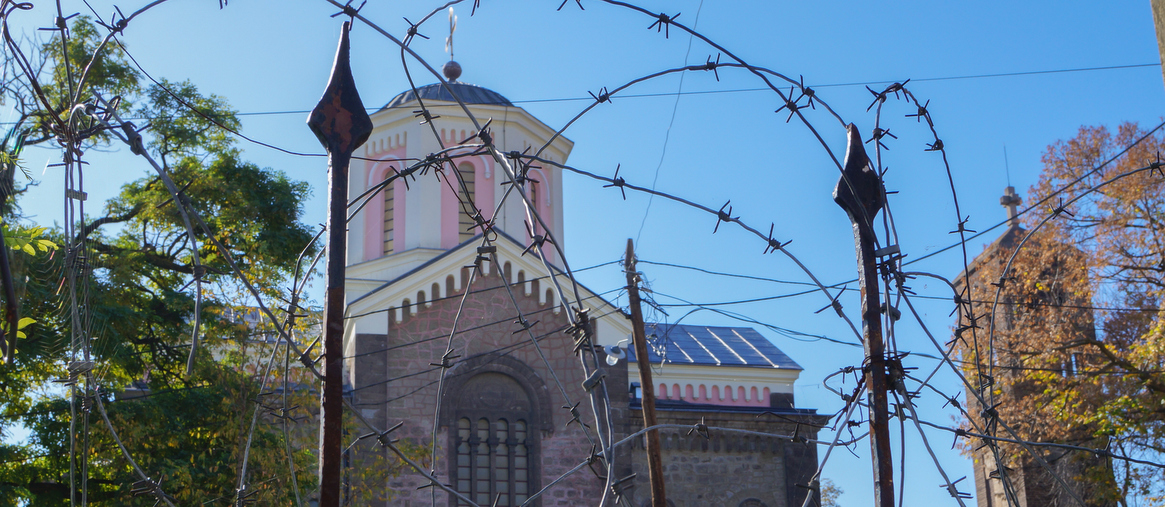
In any other city in any other country it would be just a bridge.
From afar the New Bridge in Mitrovica doesn’t look significant. It’s wide enough for two lanes of traffic, but being the Balkans they’ll squeeze in four. It has a modern but not flashy design and the view to the east is of ducks on the water and mountains in the distance.
But walk closer and you’ll see the patrol jeeps and the Italian guards with their hands wrapped around machine guns. There’s a small police car in the centre and a pile of gravel at the northern end. You’ll notice there’s no traffic and not a soul standing on the bridge.
Instead of connecting two neighbourhoods, this bridge separates them.
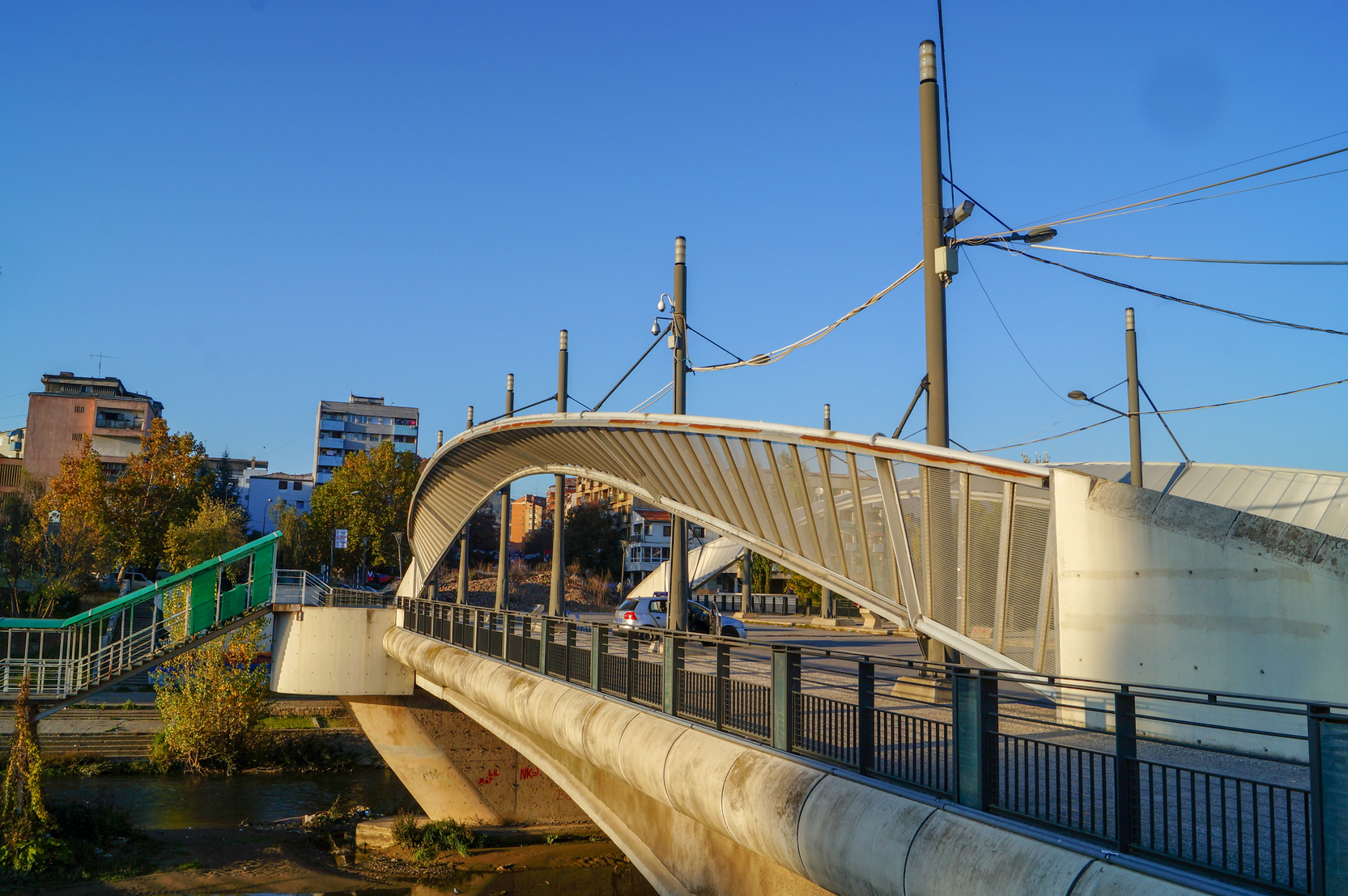
Mitrovica is literally a city divided.
The Serbs live in the north and the ethnic-Albanians in the south. The River Ibar runs between the two worlds.
The dispute between Kosovo and Serbia came to a head in 1999 and Kosovo declared independence in 2008. There are still a lot of countries that don’t recognise the Republic of Kosovo, but quite a few on that list are involved in their own territorial disputes.
It’s this history that drew me to Kosovo, as it does a lot of visitors. In cities such as Priština and Prizren there are few signs of the war; perhaps a memorial statue or the odd UN car driving around. But Mitrovica in northern Kosovo or southern Serbia, depending on which side of the fence, or this case river, you sit, is a tense and present example of the passion and beliefs at heart of the conflict.
Going there was essential if I was to leave Kosovo with even a basic understanding of its past and present.
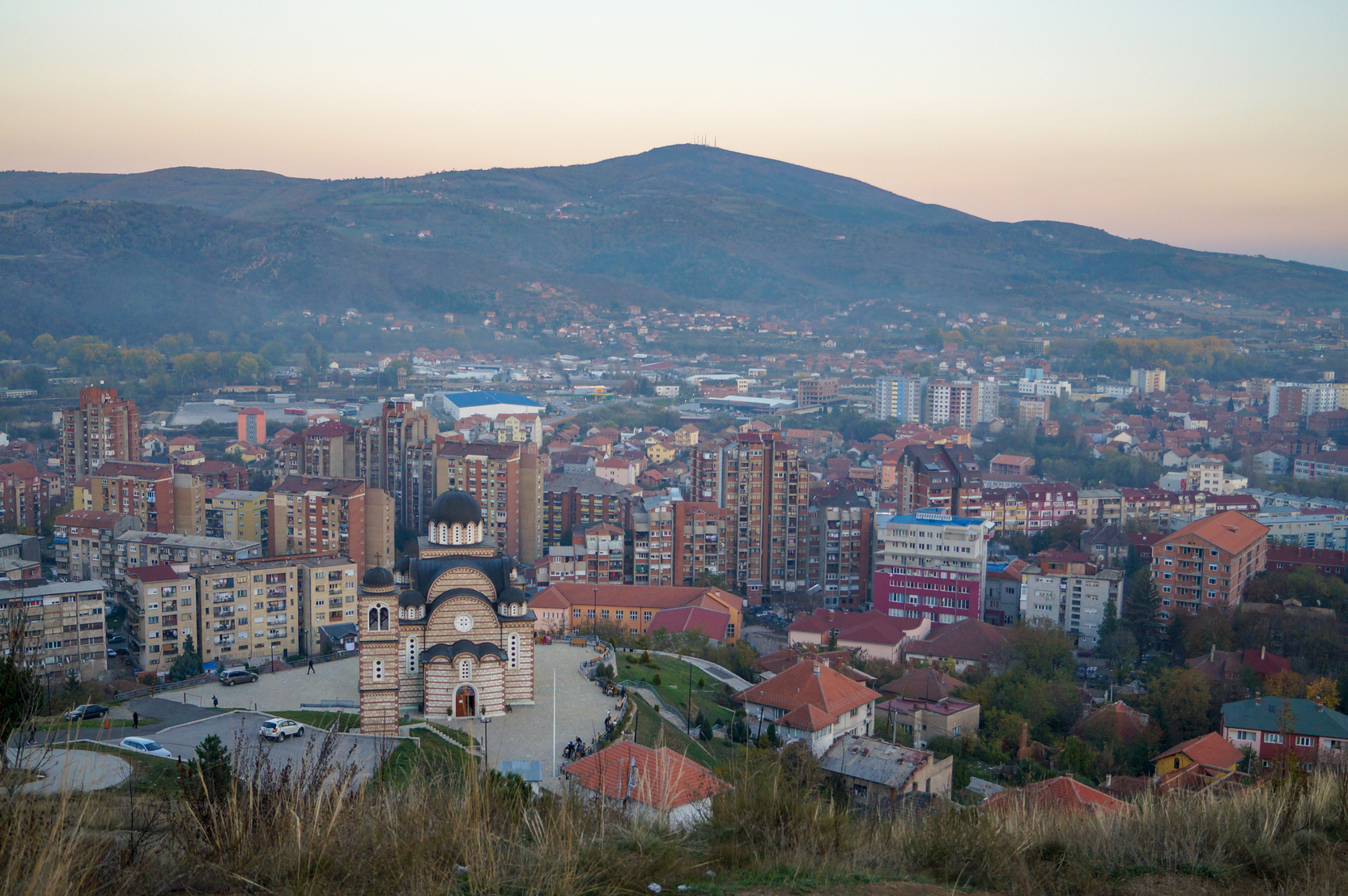
The line across Kosovo
Kosovo’s official boundary with Serbia lies about 30km north of Mitrovica, but the cultural line between the two countries is the river. After the war many of the Serbs living in Kosovo moved to North Mitrovica. Disputes in the area flared in 2011 and the Serbs blocked the bridge in September that year.
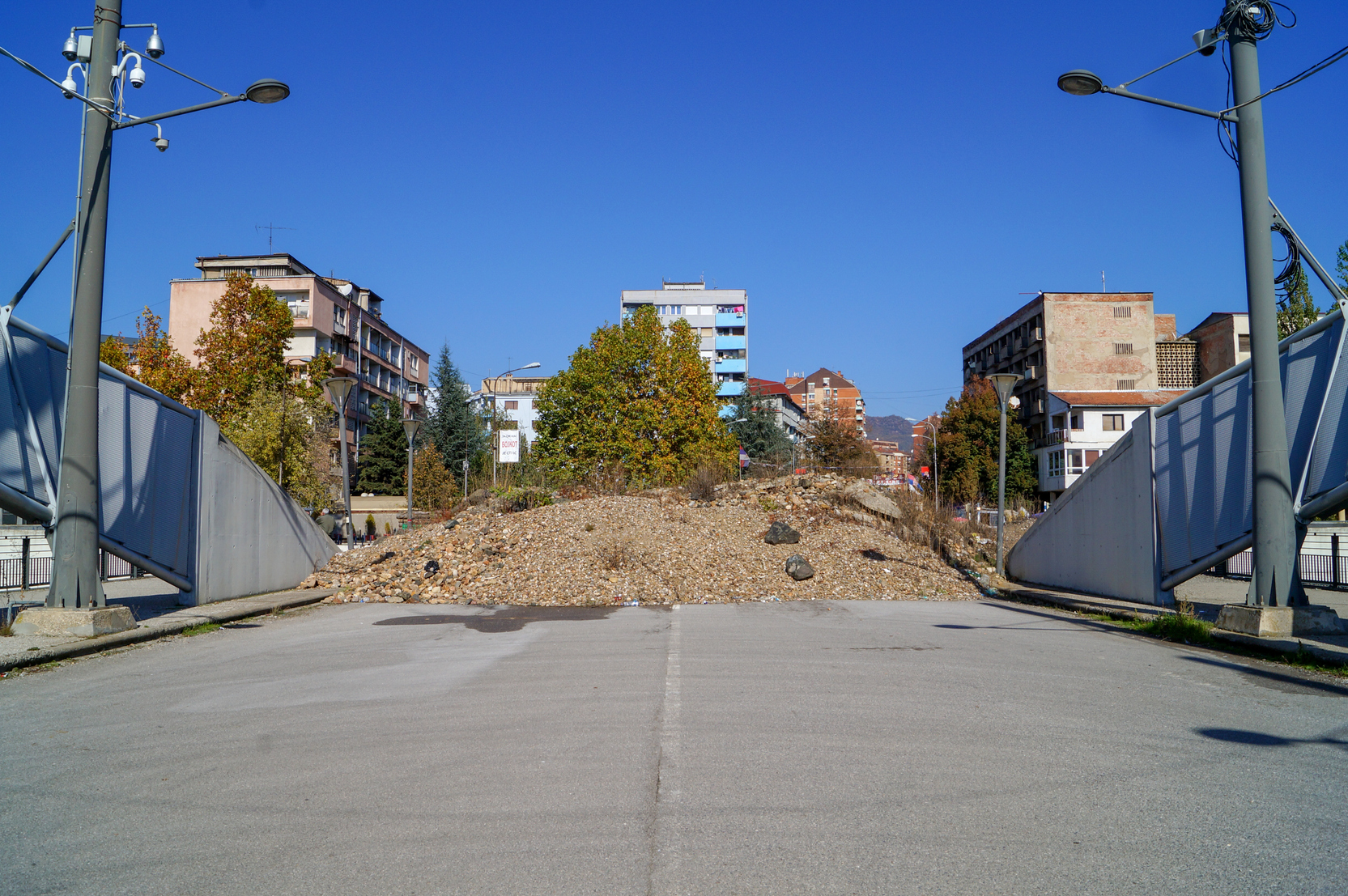
“It’s not a border, it’s a line,” a UN official told me. It’s his job to write reports every three months on the security situation in Mitrovica. There’s been some recent violence, but nothing for me to worry about he said. It’s politically motivated.
When I visited the city Kosovo’s local elections were approaching and Mitrovica was covered in campaign posters. Who would win was not the issue. The Serbs argue Kosovo has no right to even hold elections and that the people should be voting in the Serbian elections. A grenade was thrown onto the balcony of a Serbian candidate in North Mitrovica just days before my visit.
The South
While walking to the bridge from the bus stop a man approached me and the American guy I was with.
“Do you need anything? Directions?” he said. So far, so normal, I thought to myself, unsure what I was expecting.
“Where are you from?” he asked.
My friend replied.
“Ah you are safe here,” the man said, pointing at the ground. “But maybe not over there,” referring to the Serbian side of the river. Americans are much loved in Kosovo because of NATO’s assistance in fighting the Serbs. There’s a statue of Bill Clinton on the side of Bill Clinton Boulevard in Priština.
It was hard to tell if the man’s warning was warranted or simply a sign of the anti-Serb sentiment on the south side of the river.
At a café named after Paris in a pedestrian-only area in the south side, life was similar to what I had witnessed in Albania. Women were scarce in the cafes and I saw a lot of men, young and old, walking arm in arm. Affection among couples was non-existent. There were more shops selling Albanian and Kosovo souvenirs than I saw anywhere else in Kosovo. The striking red Albanian flag was everywhere and more prominent than the blue and yellow flag of the Republic of Kosovo. “We have blue on our flag, but red in our hearts,” someone told me.
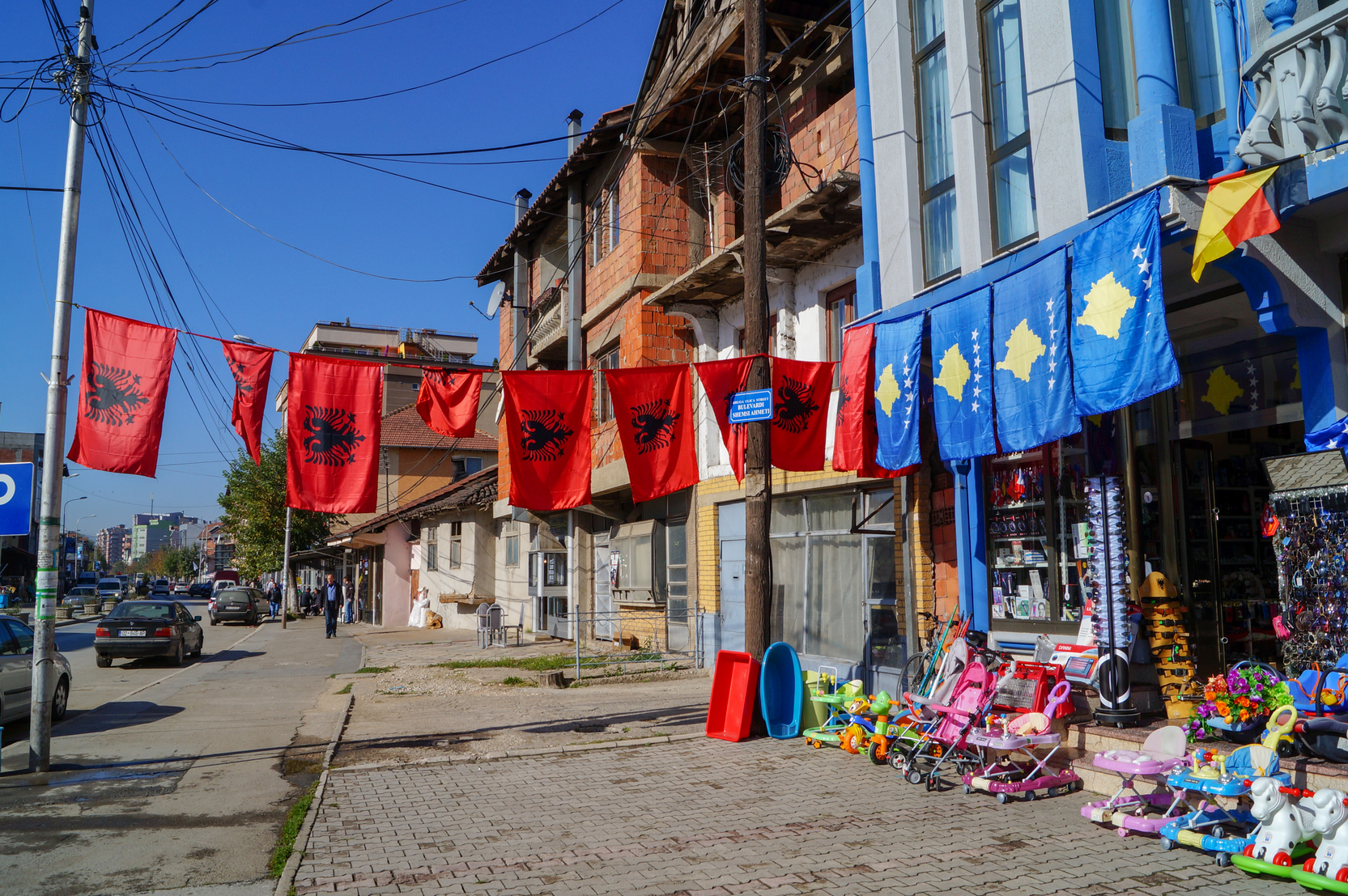 The currency is Euro and the language spoken Albanian, which is the case in the Republic where the majority of the population are ethnic-Albanians. A lot of the men wear traditional Albanian hats and there are many women in Muslim attire. A large mosque is being constructed near the centre and the Serbian Orthodox Church up the road is surrounded by fences and barbed wire. It was set fire to years ago.
The currency is Euro and the language spoken Albanian, which is the case in the Republic where the majority of the population are ethnic-Albanians. A lot of the men wear traditional Albanian hats and there are many women in Muslim attire. A large mosque is being constructed near the centre and the Serbian Orthodox Church up the road is surrounded by fences and barbed wire. It was set fire to years ago.
If not for the guards milling about the bridge and the big UN base a few streets away from the centre, there would be nothing to suggest life in Mitrovica is different to any other city in Kosovo.

The North
Crossing the bridge for the first time was intimidating. The sight of the pile of gravel, rocks and rubbish piled on the north side of the bridge to block traffic, and the ripped Serbian flags hanging over the road is unsettling. It didn’t help when my CouchSurfing host gave me and my friend a quiet warning to watch our behaviour. For the most part we are safe, but don’t draw unnecessary attention to yourself, he instructs. “They don’t always like lots of tourists.” By the end of my second day I walked over the bridge without a thought, although I rarely saw anyone else using it.
Along the main street reminders of the divide are everywhere. My first impression was that the other side was a lot nicer. This was amusing because a lot of Serbs who knew I was coming to Kosovo wondered why I would waste my time. “It’s just like Serbia but poorer. It is not nice there.” Yet the Serbian side of Mitrovica proved to be the least impressive part of Kosovo that I visited.
Perhaps because it’s still a battleground.
There’s lot of anti-EUlex and anti-police graffiti. Most of the prices are in Serbian dinar, which is the currency here, although the shops will accept Euros. Everybody speaks Serbian and as I walked up Miners’ Hill to enjoy the sunset I appreciated being able to greet the people I met with “ciao” instead of the Albanian greeting I can never remember quickly enough to use.
Life in a divided city
The blocked bridge is largely symbolic. People cross the river using a pedestrian bridge to the west or another traffic bridge about 1km west. The people of Mitrovica have spent the last two years in a divided city and their way of life has evolved around it.
The River Ibar isn’t an accurate line between the two sides; there are places where even the locals aren’t sure whose territory they are in. While most people live and work on their respective sides, some buildings on the north side are home to ethnic-Albanians.
The road along from the other traffic bridge is also blocked, but cars drive up onto the footpath to get around. Republic of Kosovo number plates are removed when entering the North so the neighbourhood is full of unplated cars. I asked about the issue of identifying the cars if the drivers commit an offence and was told that minor infringements are not a concern. They happen (speeding is scarily common) but the officials have bigger problems.
Taxis wait on either side of the bridge for passengers – they won’t cross it. Neither will buses. Passengers arriving from the north have to make their own way across and catch another bus on the other side. Money changers sit at small tables in the north with huge stacks on cash in front of them.
Crossing the bridge feels like venturing into a different country and I began to think of it as just that. The language, currency and customs change as dramatically across the River Ibar as they do across the English Channel. I had Serbian Dinars left over from my visit to Niš the weekend before and used them in the North. I used Euros in the South. I said “hvala” (Serbian for thank you) on one side and “falemnderit” (the Albanian equivalent) on the other.
My American friend was surprised to see Serbian flags flying on the North side, thinking it was odd to see the flag of another country on display there. I had to remind him: “The people who live here believe this is Serbia. They fly their flag because this is their country.” Even my phone thought I was in Serbia. My Serbian SIM card allowed me internet access, which it won’t do when roaming outside a Serbian network.
If anything the displays of Serbian and Albanian culture are more noticeable in North and South Mitrovica than in any other part of Serbia, Kosovo or Albania. Some NGO workers living in Mitrovica agreed with me. One said that South Mitrovica was more conservative than almost any other city in Kosovo or Albania. “You wouldn’t be out this late in the South,” he said while we sat in a bar in the North at 11pm. “Deliberately or are they just boring?” I asked. “Both,” he joked, before explaining that the Kosovo people in Mitrovica don’t like to be seen drinking alcohol. It is considered taboo. This is the same attitude I encountered in smaller towns in rural Albania.
Visiting Mitrovica
If not for the division that exists in the city, I doubt any tourist would bother going there. Mitrovica is very light on for “attractions”. The tourist in me would have been satisfied after the short time it takes to climb past the Church of St Demetrios the Great-martyr and admire the view from the top of Miners’ Hill.
The journalist in me could have stayed for a week.
I found Mitrovica fascinating. I’ve never seen a place like it and I doubt there are many cities in similar situations that are safe to visit. I was CouchSurfing and I don’t think I would have got as much out of the visit if I had stayed in a hotel. My host told me a lot about life in Mitrovica (he is a Serb living in the North) and introduced me to a lot of people, so I had plenty of opportunity to ask questions.

I always felt safe, although I was particularly discreet when taking photos, not wanting to draw attention to myself or upset anyone. But I confidently walked around both sides of the city by myself and found everyone I met to be friendly.
I visited three other cities in Kosovo and never experienced a hint of the tension I felt in Mitrovica. As real and significant as the dispute and division is in the city, the atmosphere there is not representative of life in the rest of the country. But the peace most people enjoy in other parts of Kosovo doesn’t tell the whole story either. This is a new country still living with its past.
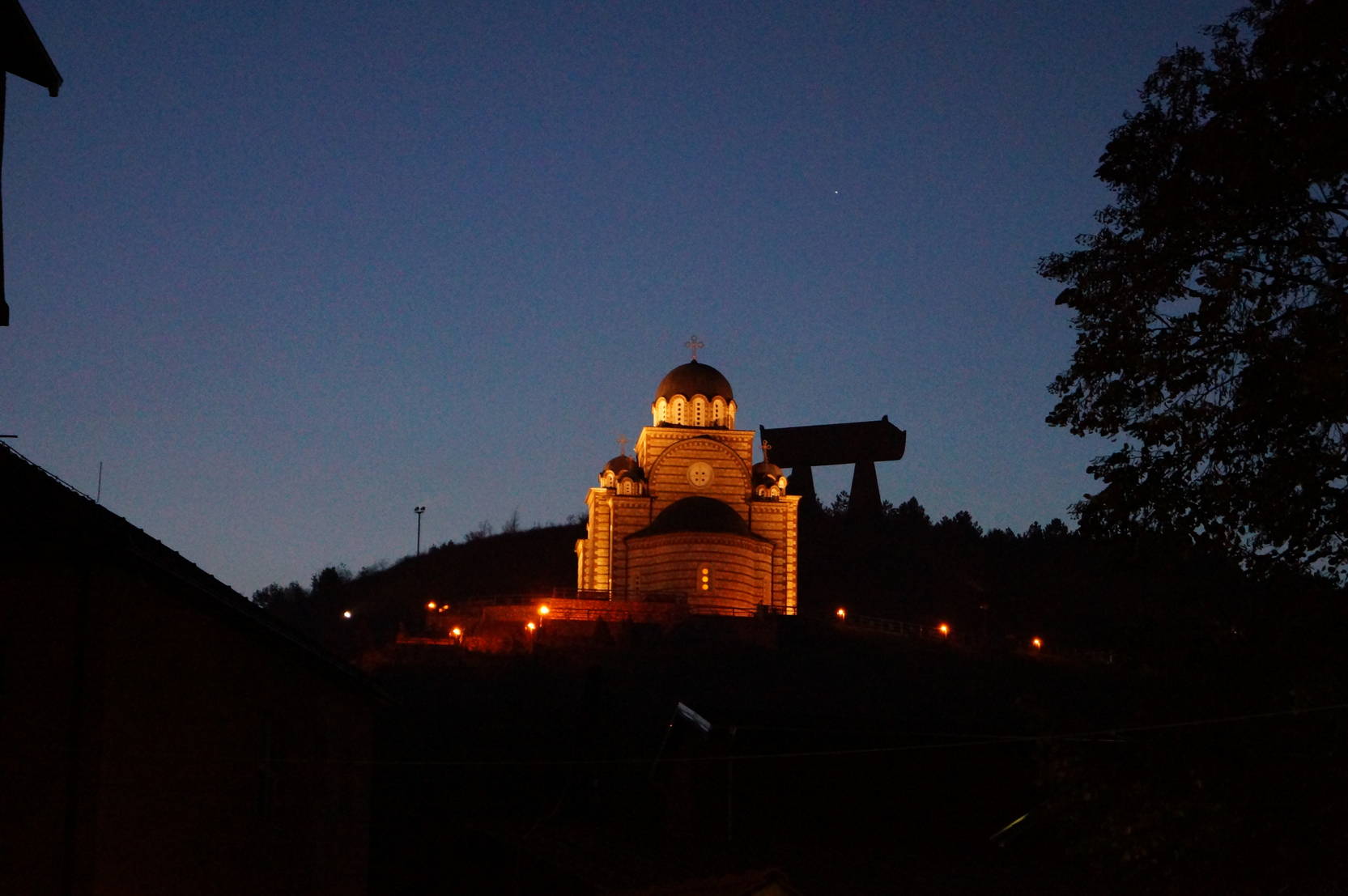







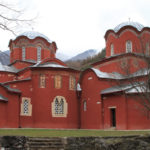
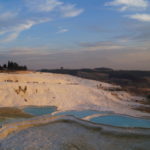
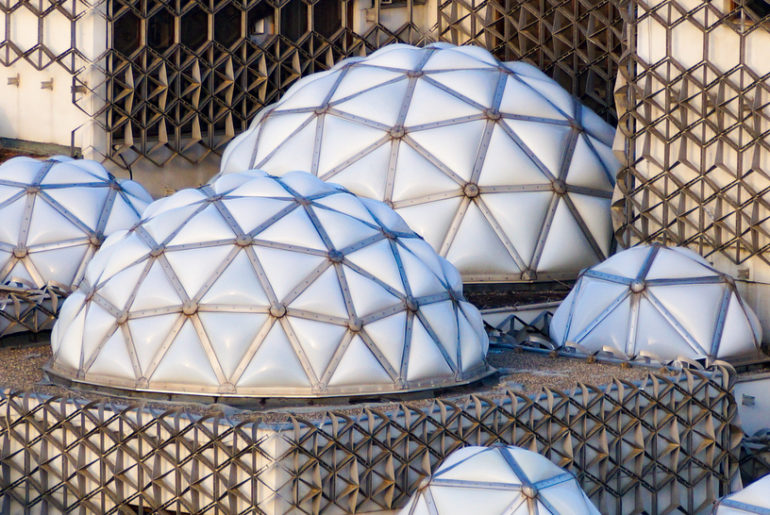
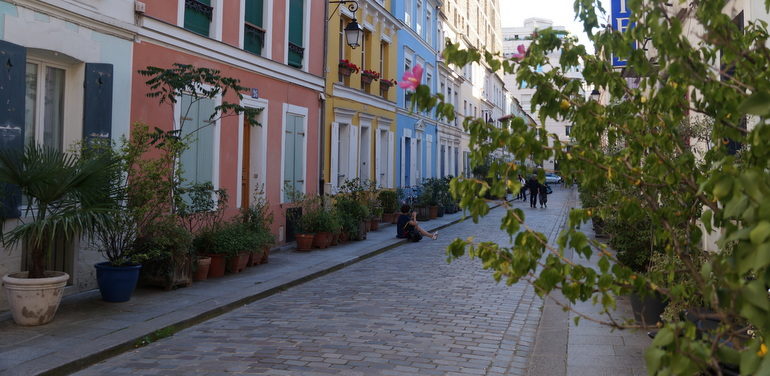
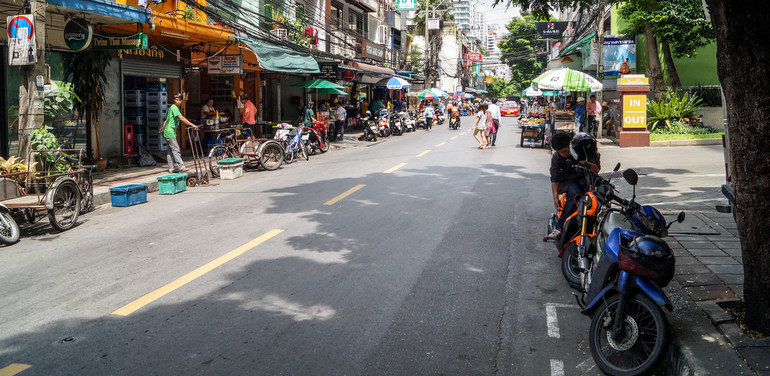
5 Comments
Fabulous article pegs!
Really felt like i was walking along with you. really interesting!
Incredibly interesting article! Couch surfing is a great way to get talking to the locals and really dive into a culture. I might try that again sometime soon.
Thanks Tiffany. Visiting Mitrovica wouldn’t have been half as interesting without having a local show me around, although it’s still a fascinating place to visit. Even if you don’t stay with other CouchSurfers it’s often worth just meeting them for a coffee and having a chat about their home.
It isn’t Kosovo,it is Kosovo and Metohija! You could search more about history. Of course that your Serbian sim worked on Kosmet as it is Serbia. International Law says that Kosmet is part of Serbia,a province. If the USA wasnt bombed Serbia and giving support to Albanians,this would still be Serbian. Country based on occupation,violence and genocide isn’t country.
Why you did not take photo of Serbian orthodox graveyard in albanian part of city, to show how ruined and destryed is? And as well, muslim graveyard in Serbian part of city, to show how preserved is.